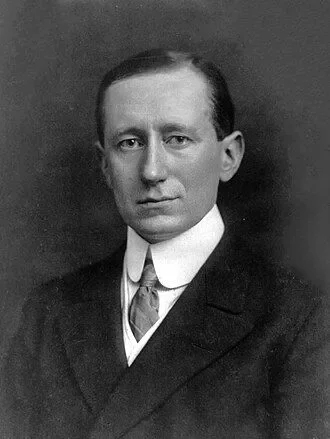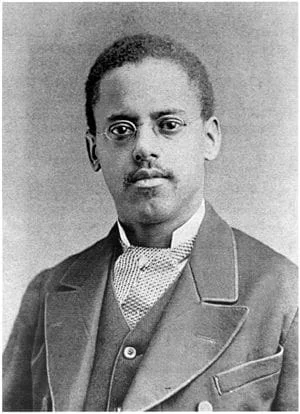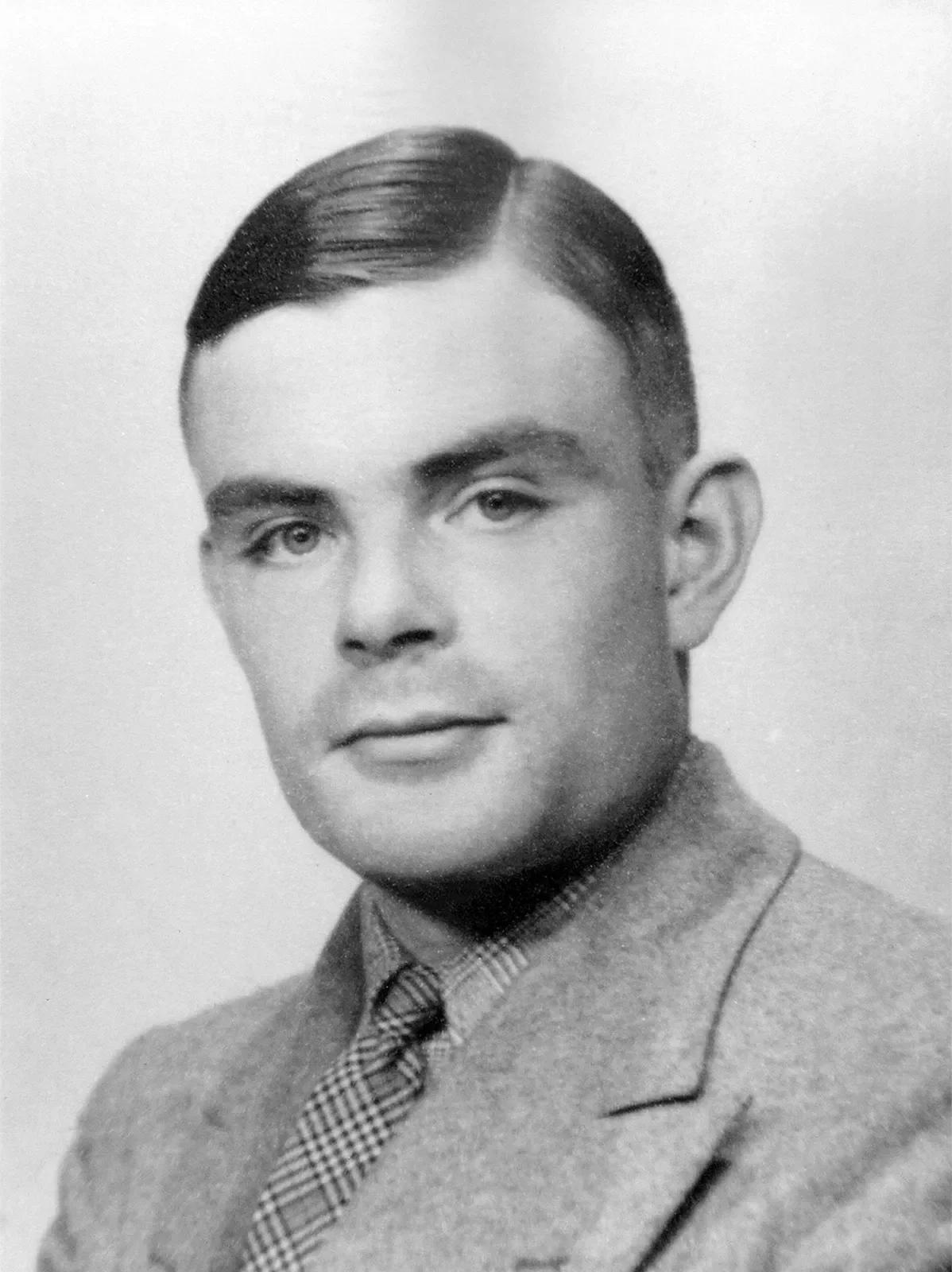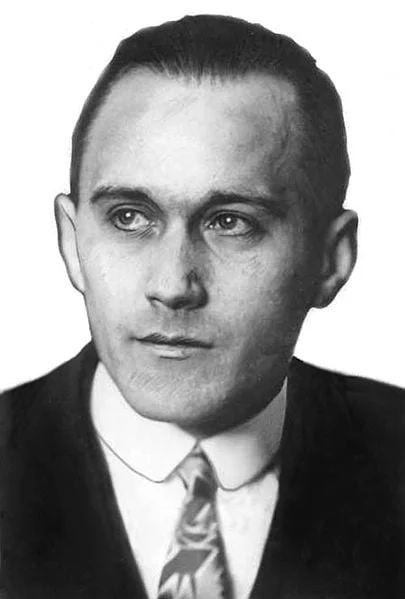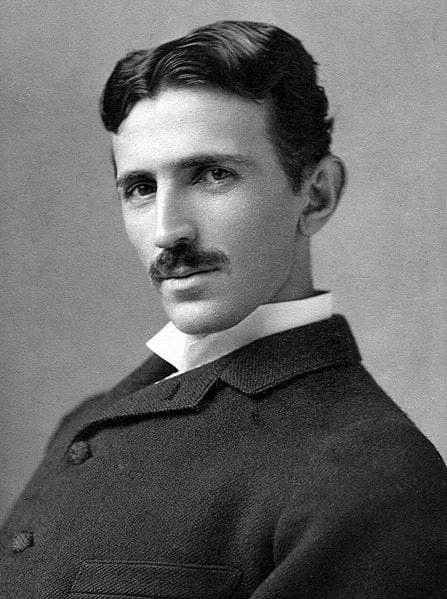Real Celebrities Never Die!
OR
Search For Past Celebrities Whose Birthday You Share

source:wikimedia.org
Thelma Estrin
Birthday:
21 Feb, 1924
Date of Death:
15 Feb, 2014
Cause of death:
Natural causes
Nationality:
American
Famous As:
Computer scientist
Age at the time of death:
89
Early Life and Education
Thelma Estrin was an American computer scientist and biomedical engineer who made significant contributions to the field of medical informatics. She had a career that spanned decades.
Born Thelma Austern on February 21, 1924, in New York City, Estrin showed an early aptitude for mathematics. As a single child, she was pushed toward academics and college, a less typical route for girls of that era.
City College of New York is where Estrin began her studies in 1941 and met Gerald Estrin, her future husband. A three-month engineering assistant course at Stevens Institute of Technology during WWII led to her first job at Radio Receptor Company, an electronics manufacturer.
Pursuing Higher Education
After the war, Thelma and Gerald moved to Madison, Wisconsin, to study electrical engineering at the University of Wisconsin. Thelma earned three degrees in electrical engineering — a bachelor’s, master’s, and Ph.D. — rapidly, finishing in 1951.
Professional Career and Achievements
Estrin’s career began to flourish in the early 1950s after relocating to Princeton, New Jersey with Gerald. During Gerald’s time at the Institute for Advanced Study, Thelma secured a job in the Electroencephalography Department at Columbia Presbyterian Hospital, sparking her interest in biomedical engineering.
In 1954, the Estrins traveled to Israel, where they helped build the country’s first computer, the WEIZAC (Weizmann Automatic Computer). This project, an IEEE Milestone in Electrical and Computer Engineering, initiated Estrin’s noteworthy contributions to computer science.
Pioneering Work at UCLA
Estrin began working at UCLA’s Brain Research Institute in 1960, remaining there for most of her professional life. In 1961, she established and directed the Institute’s Data Processing Laboratory, holding the directorship from 1970-1980. In this period, Estrin created a pioneering system that translated the analog data from EEGs into digital format, a major breakthrough in medical technology.
Estrin’s contributions to applying computer technology in healthcare and medical research were revolutionary. Her publications on computerized brain mapping are extensive, and she was instrumental in creating EMERGE, a groundbreaking system for guiding emergency room staff in chest pain treatment.
Thelma Estrin's Quote's
Advocacy and Leadership
Throughout her career, Estrin was a strong advocate for women in science and engineering. She became the first woman elected to the board of the Institute of Electrical and Electronics Engineers (IEEE) and later served as its first female vice president. Her leadership encouraged many women to seek careers in technology and engineering.
Legacy and Later Life
Thelma Estrin retired from UCLA in 1991 as a professor emerita in the Department of Computer Science. Numerous accolades, including a 1999 Women in Technology Hall of Fame induction, recognized her achievements in biomedical engineering and computer science.
Estrin passed away on February 15, 2014, in Santa Monica, California, at the age of 89. Her contributions to medical informatics and women in STEM continue to inspire, solidifying her legacy. Today, she is remembered as a pioneer who opened doors for future generations of women in science and technology.
Name:
Thelma Estrin
Popular Name:
Thelma Estrin
Gender:
Female
Cause of Death:
Natural causes
Spouse:
Place of Birth:
New York City, New York, USA
Place of Death:
Santa Monica, California, USA
Occupation / Profession:
Personality Type
She was the first woman engineer she ever knew, as she noted in a 1982 speech.
She faced sexism and anti-Semitism in her early education but found a mentor in T.J. Higgins.
She contributed to EMERGE, an early decision-support system for ER chest pain treatment.
Her three daughters—Margo, Deborah, and Judith—all pursued STEM-related careers.
Developed early analog-to-digital EEG systems in the 1960s.
Helped design WEIZAC, Israel’s first computer, in 1954.
Received the Society of Women Engineers Achievement Award in 1981.
Won the IEEE Haraden Pratt Award in 1991.
Became the first female IEEE Vice President in 1982.
